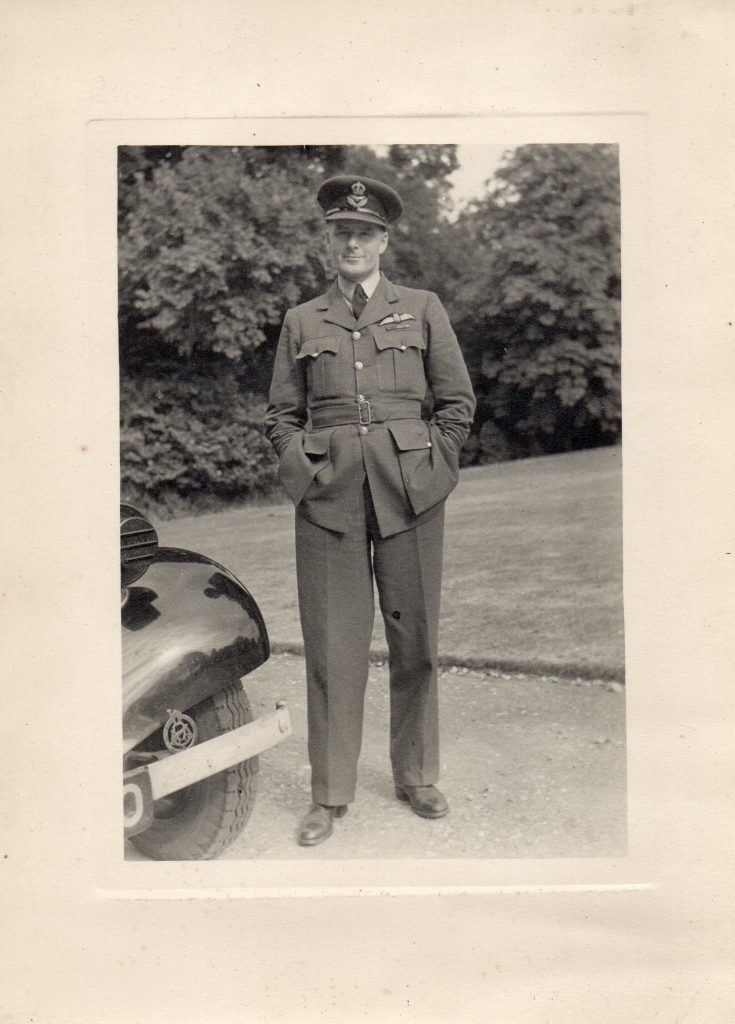Many of us are regular users of Town Orchard. It is generally recognised as a precious jewel in the heart of the village. Much visited, it is a peaceful green space, used for our traditional May Day festival, outdoor plays and performances and community events such as the old Apple Day and more recently the Wassails held by Beltane Border Morris. It has been much written about, featured in many magazine and newspaper articles and television programmes. What about its history?
The name sounds odd to us “Town”, in a village? But this is a hangover from the medieval manorial system, where the centre of a settlement was always referred to as ‘town’, hence Town Orchard (the village centre is called Town Place). This would indicate the siting of an orchard here for at least 600 years, probably more. An archaeological report from the Dartmoor National Park Authority states there is evidence of earthworks, indicating the existence of old medieval field boundaries in the southern end of the Orchard.
The earliest record we have is the Tithe Map surveyed in 1837, which shows the orchard as four pockets of land: Apportionment Nos. 477 (Town Orchard), 497 (Clover Field), 498 (West Orchard) and 499 (Town Meadow). Two of these being cultivated as orchards. By the time of the 1884 survey for the OS 25 inch mapping the Town Orchard is shown as a single entity of 5.078 acres. The maps also show the leat which runs through the Orchard today and which used to supply some of the water to Lustleigh Mill. The land was owned jointly by Thomas and William Wills, who owned three parts and one part respectively. It formed part of ‘Gatehouse Estate – Including Woodparks and Long Marsh’. At that time there was no road, garage, hall, Post Office, Dairy or houses on Melrose Terrace and the land stretched all the way up to the road.
In 1907, Thomas Wills mortgaged the orchard for £2000 to Gladys Hill Robinson and Harold G. Michelmore and in 1911, conveyed 20 perches (605 yards) to Messrs Wise, Blakeway and Glanville for £30. The conveyance makes specific reference to “the right of enjoyment of any buildings erected thereon.” This is the land the Conservative Hall was built on, now rebuilt as our Village Hall.
There then comes a very significant part of the history of the orchard. In 1923, Wills sold the orchard to Lionel Galton Bennett for £600. In 1961, Bennett sold a small piece of land to William Howard, together with a right of approach for vehicles. This is the land that Brent Oliver’s Orchard Garage now stands on, and presumably at some point, further land was sold off to make way for the approach road.
Lionel Bennett died in May 1965; the executors of his will vested the orchard to Margaret Ellen Bennett who immediately gave it to the Parish Council by Deed of Gift. The council immediately designated it an amenity for the local population.
The Town Orchard lies within the Lustleigh Conservation Area and contains a variety of apple trees many of which are very old and on the list of heritage apples at risk. The orchard was described in 1993 by Common Ground as the “longest established community orchard” in England. It is also officially listed as an important site on the Historical Environment Record.
Town Orchard has been used for Lustleigh May Day on an annual basis since 1954 (except during the Covid pandemic in 2020/21). As per the covenant in the deed of Gift, it may do so “free of charge, for as long as the organisers wish”. There is a large granite rock bearing the names of all the May Queens in the centre of the Orchard which is used for the crowning of the Queens. A permanent throne was installed on the rock in 2000.
In 2009, the then Pre-School made a request to the council to fence off a small area of the orchard for “digging and organic gardening”. This is the area behind Melrose Terrace still used by Pre-School for their play area.
The upkeep of the orchard is partly funded by the picking and selling of the cider apples and mistletoe plus visitor donations. The outer reaches of the orchard are regularly cleared of overgrowth by local volunteers and the grass is often grazed in an environmentally friendly way by sheep.
Lustleigh Town Orchard is a very special place, full of history, a rarity in the modern era and a true community space. Every effort should be made to conserve it for the enjoyment of future generations.




